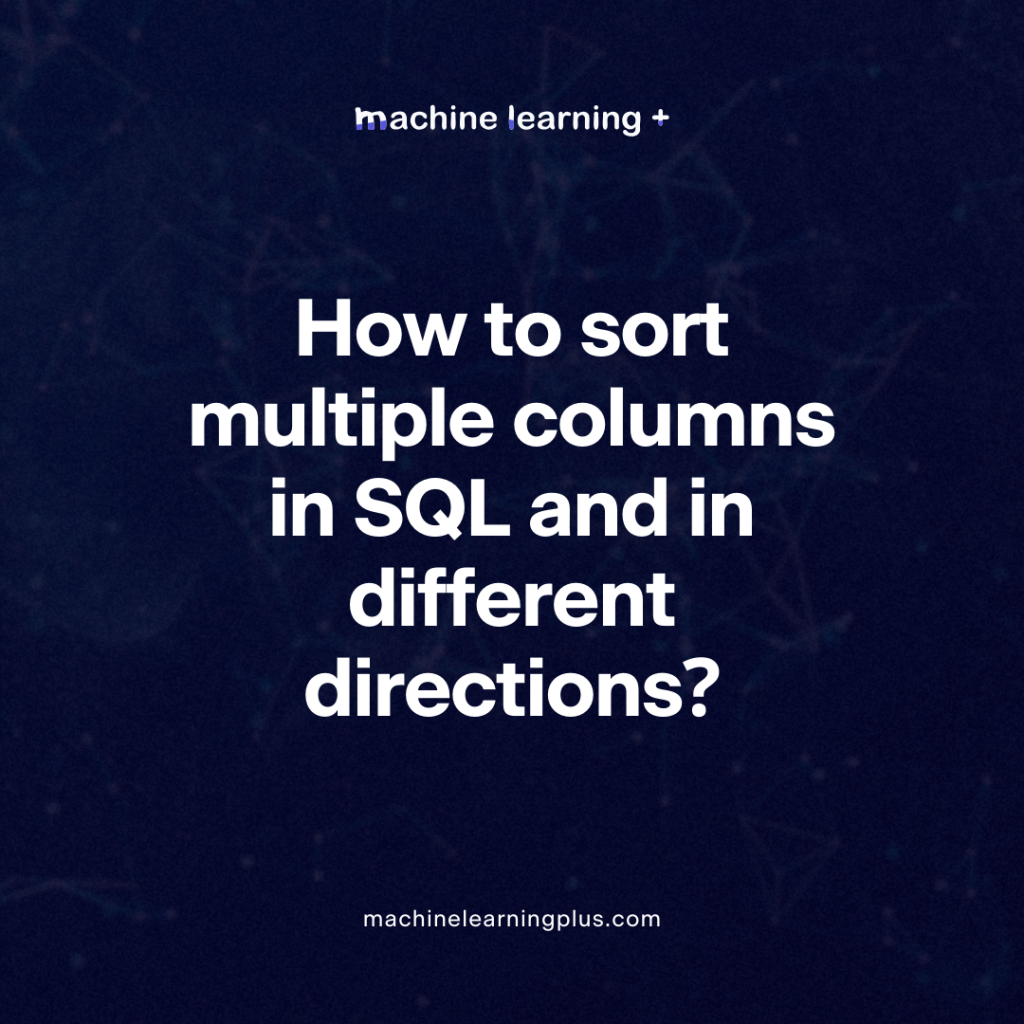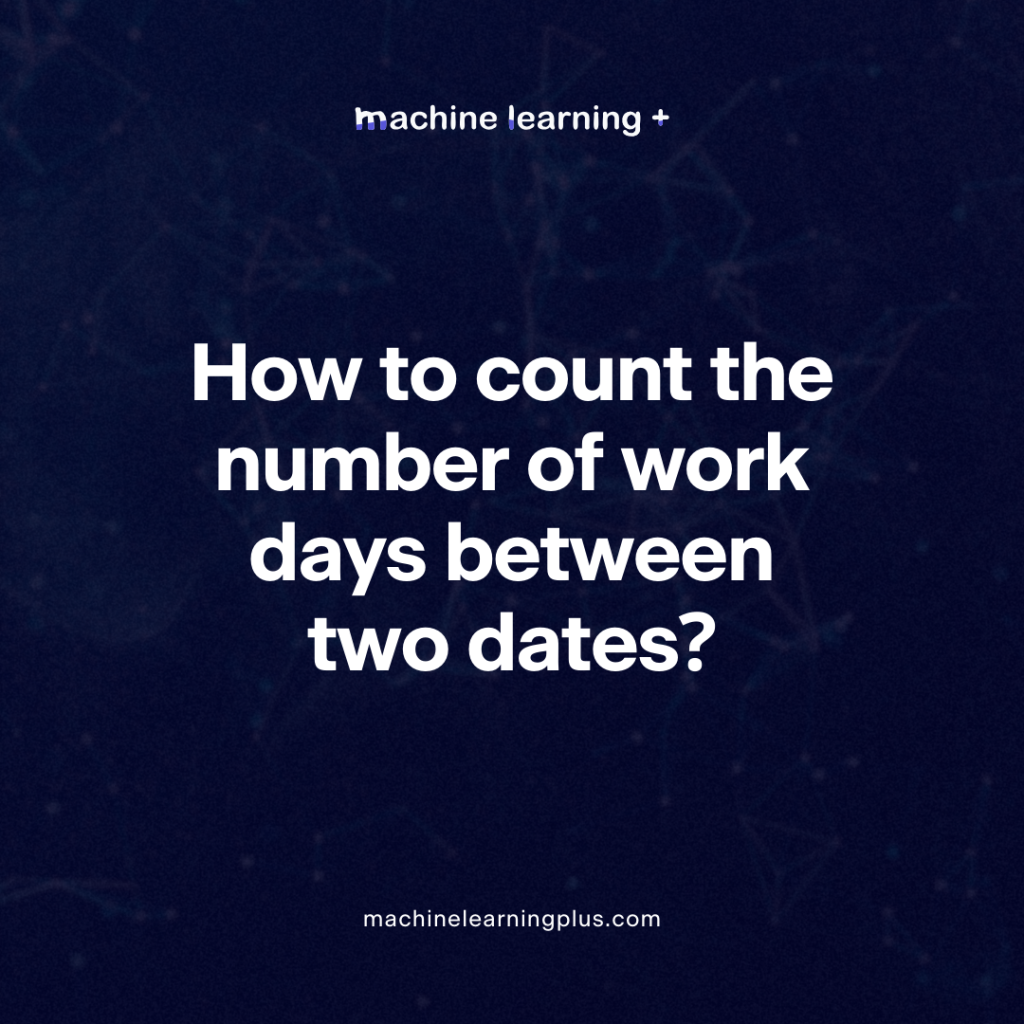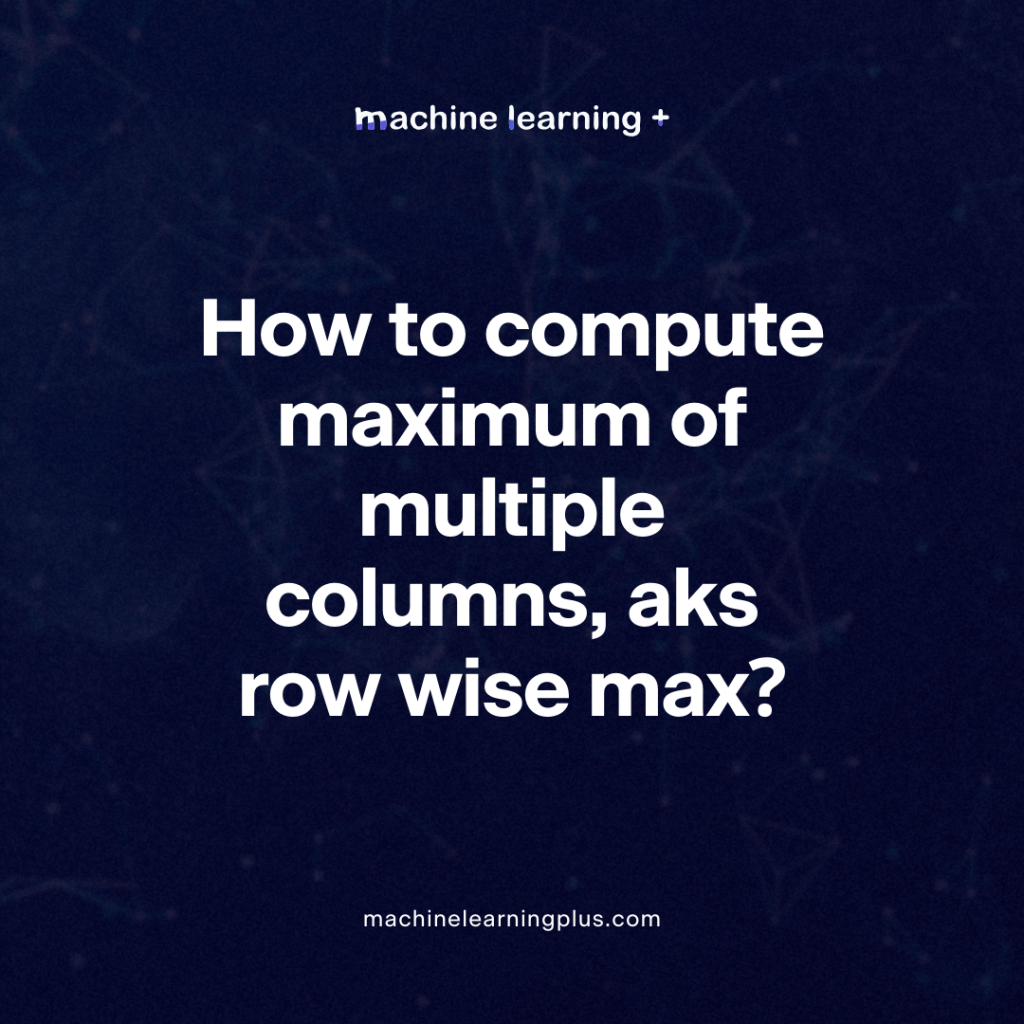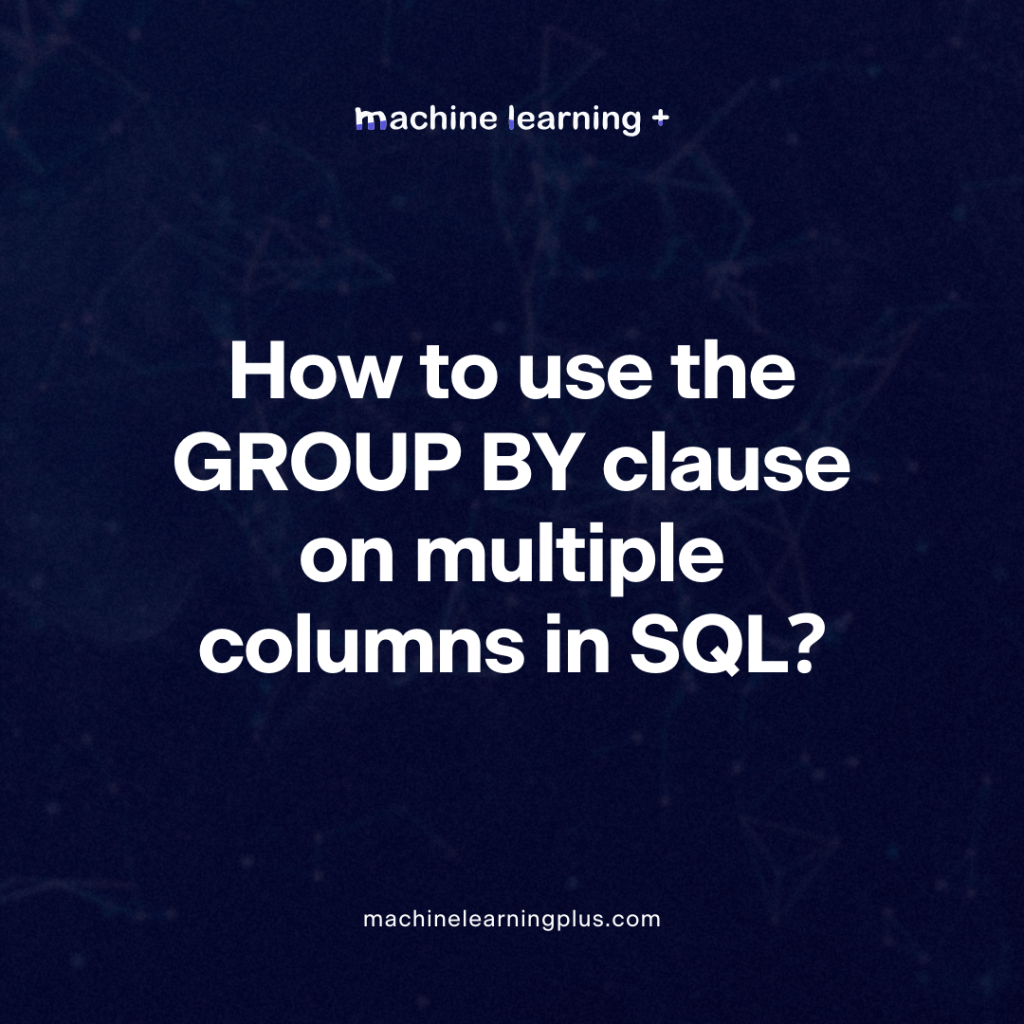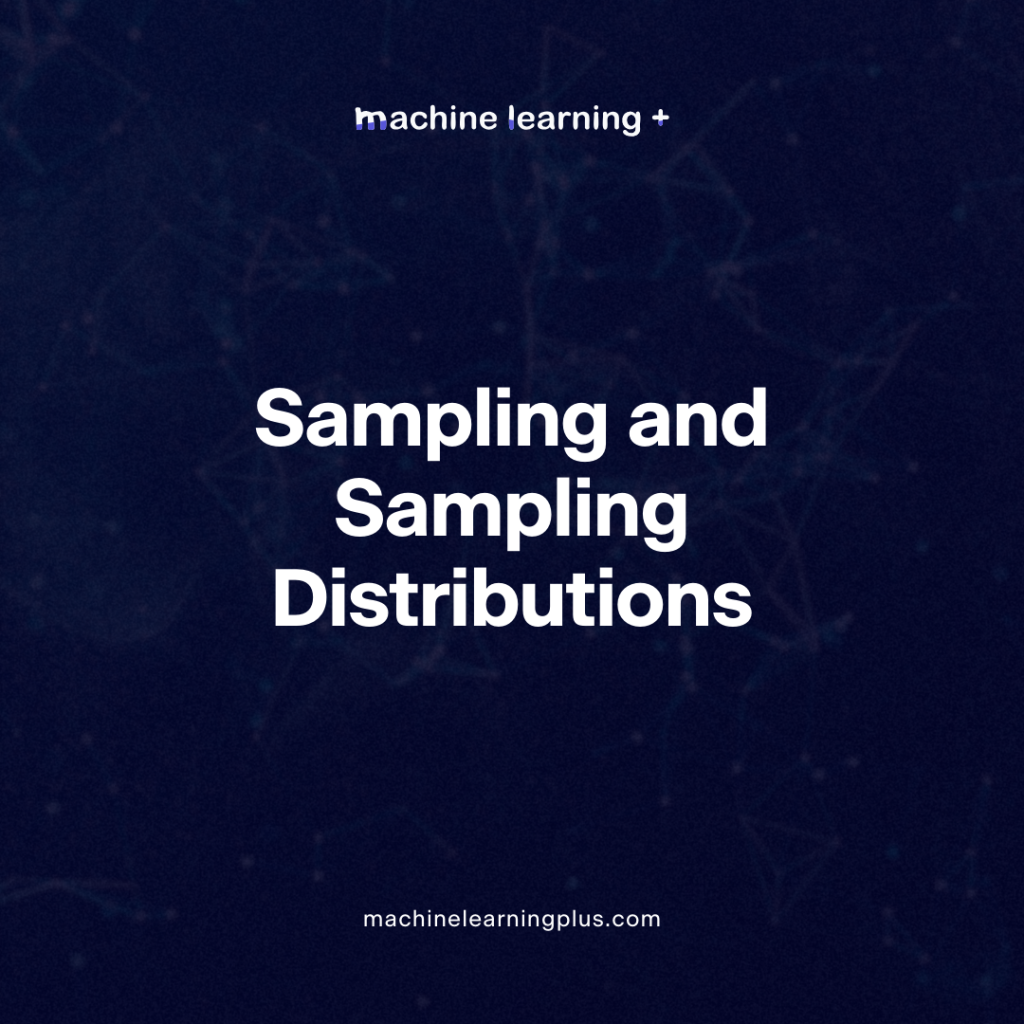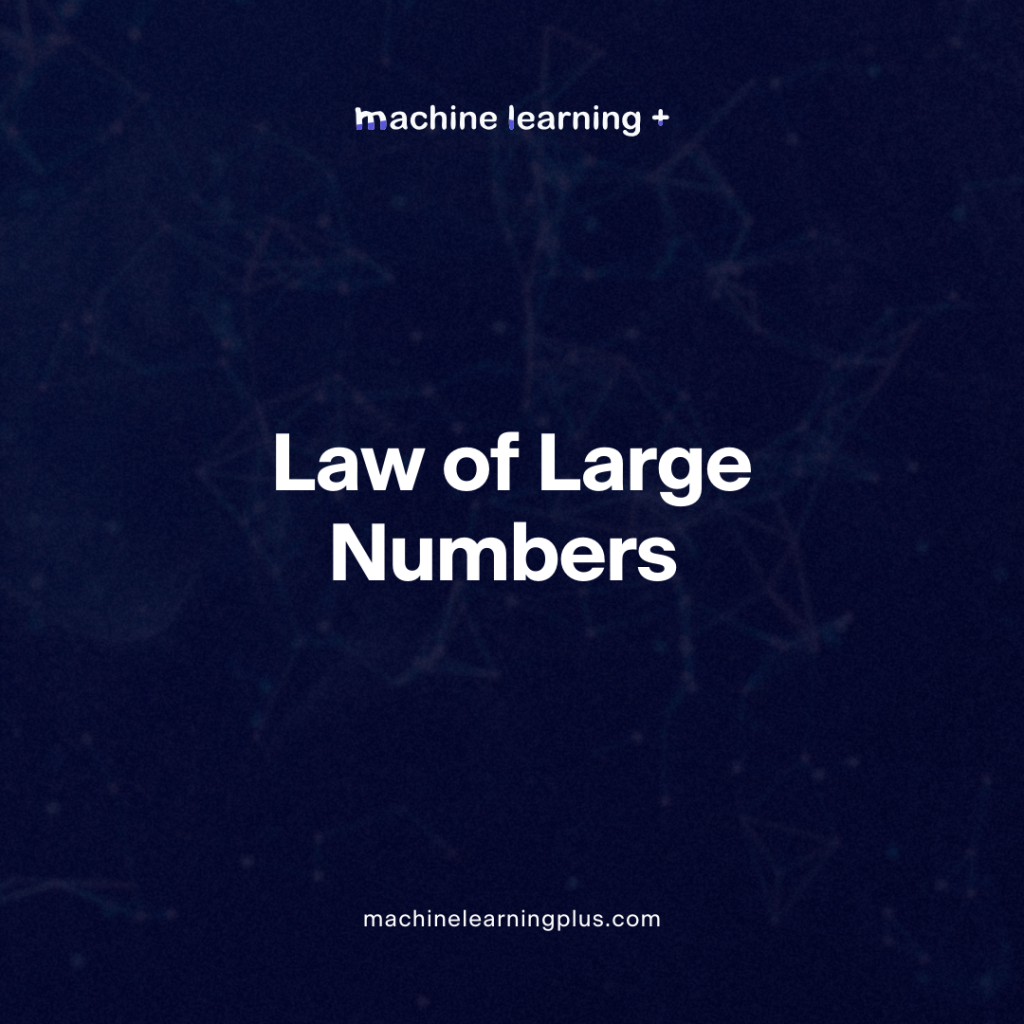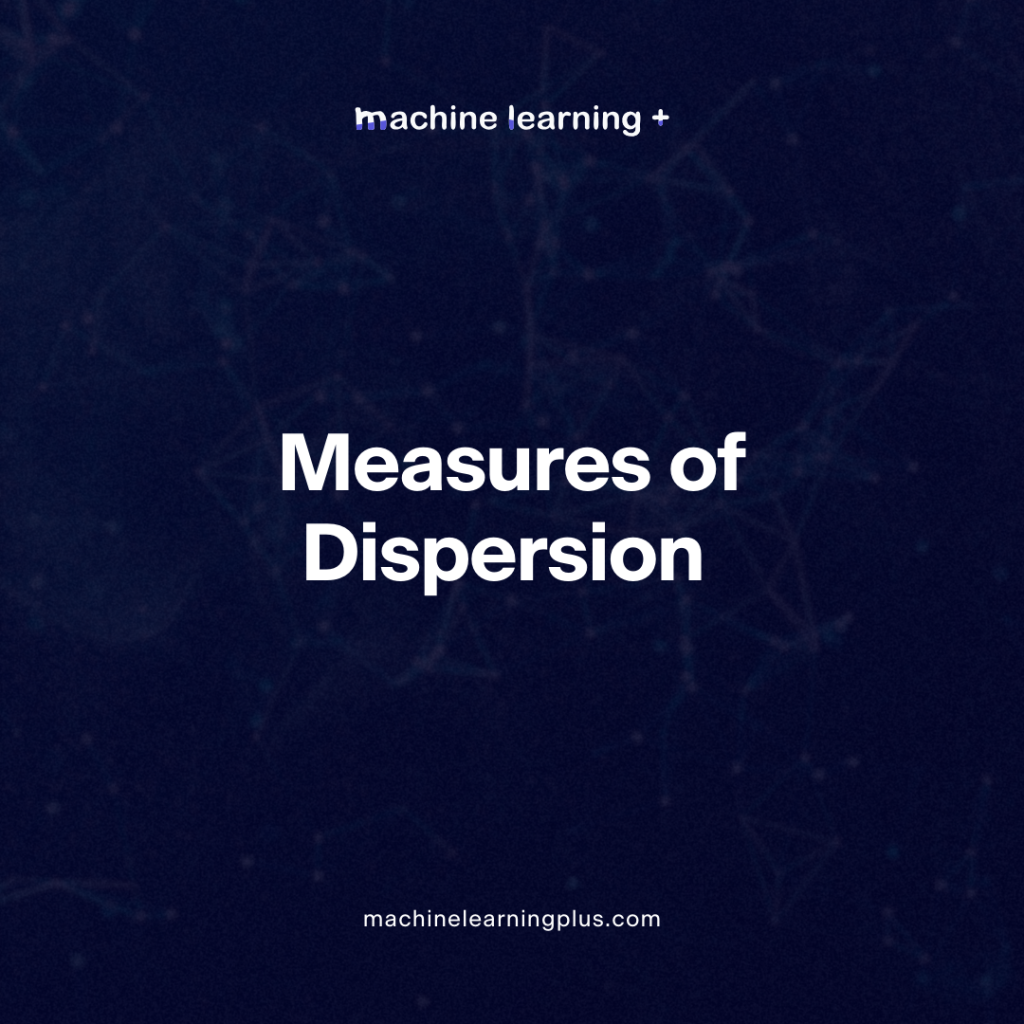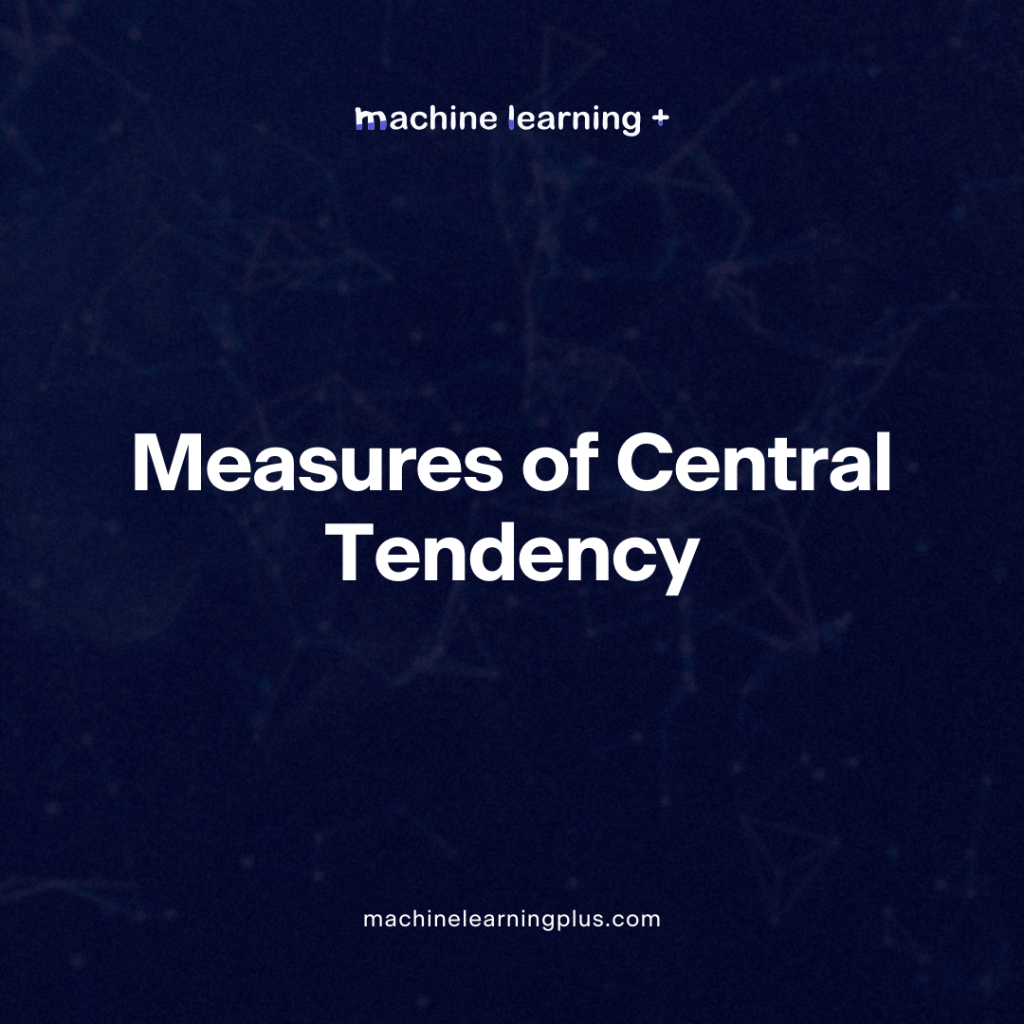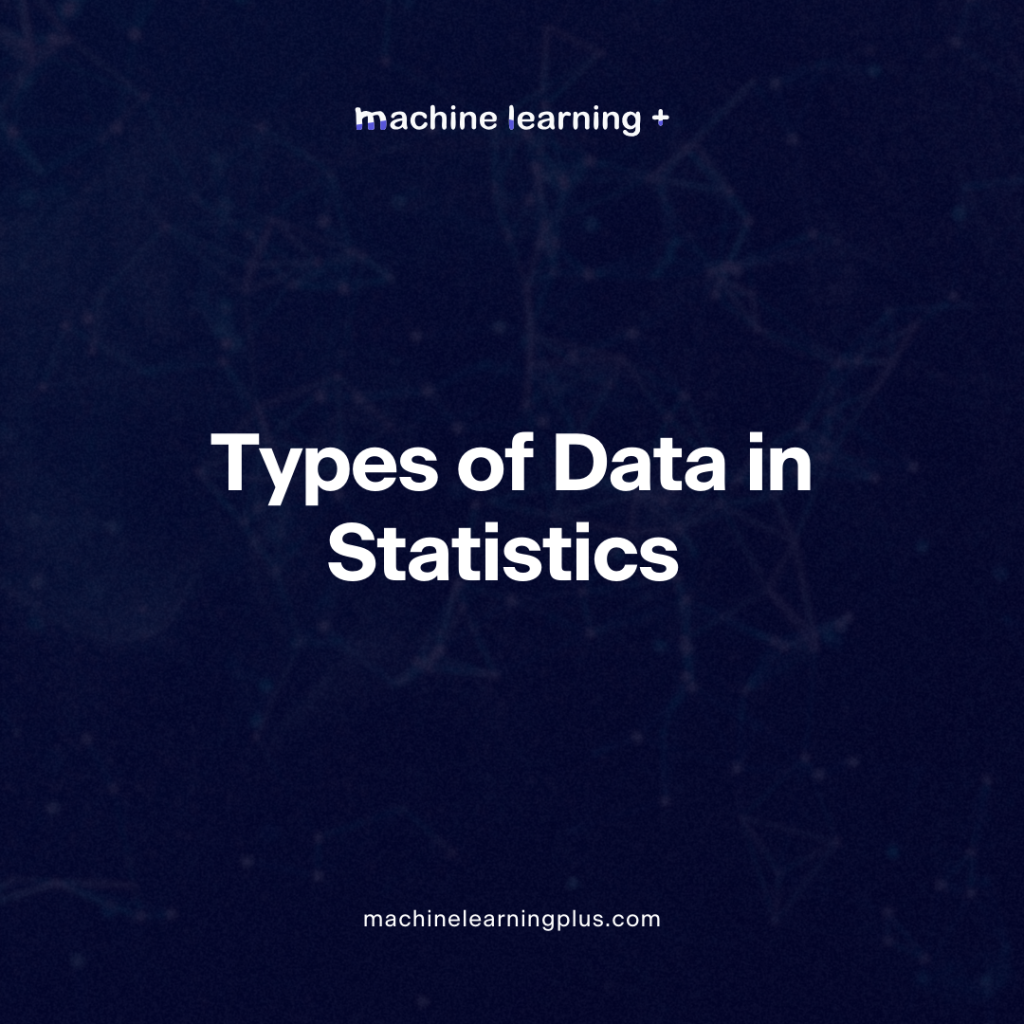How to sort multiple columns in SQL and in different directions?
Problem How to sort multiple columns in SQL and in different directions? Input Let’s create a table named Employees with columns: id, first_name, last_name, and salary. CREATE TABLE Employees ( id INT PRIMARY KEY AUTO_INCREMENT, first_name VARCHAR(100), last_name VARCHAR(100), salary DECIMAL(10, 2) ); — Insert data into the table INSERT INTO Employees (first_name, last_name, salary) …
How to sort multiple columns in SQL and in different directions? Read More »



